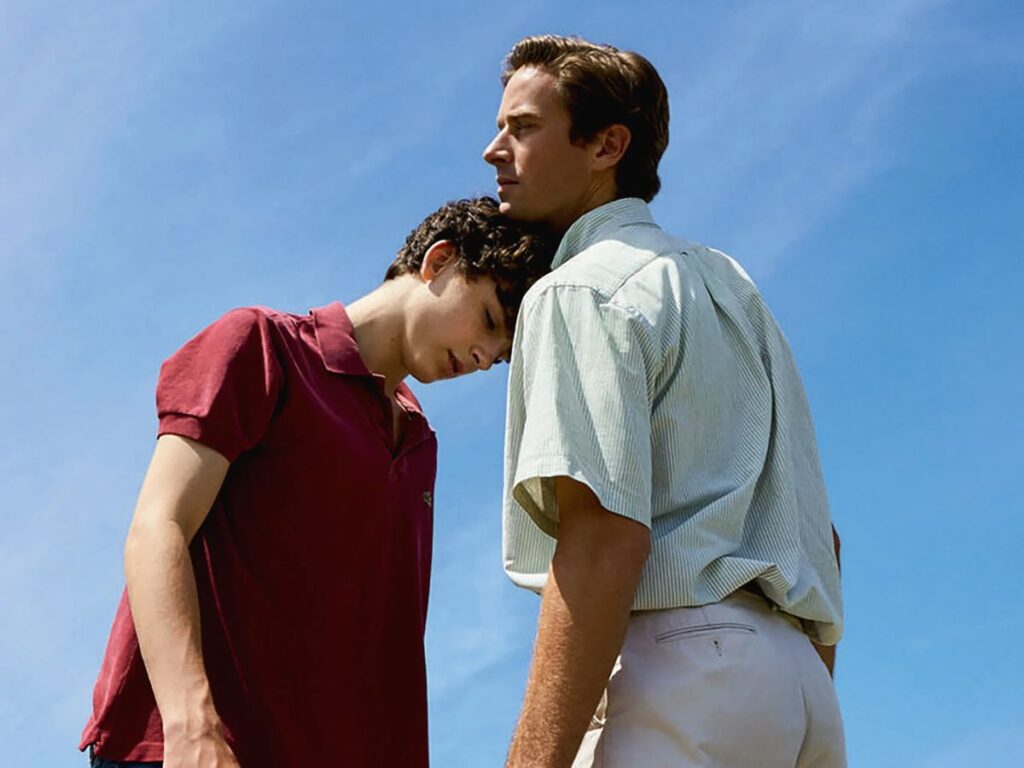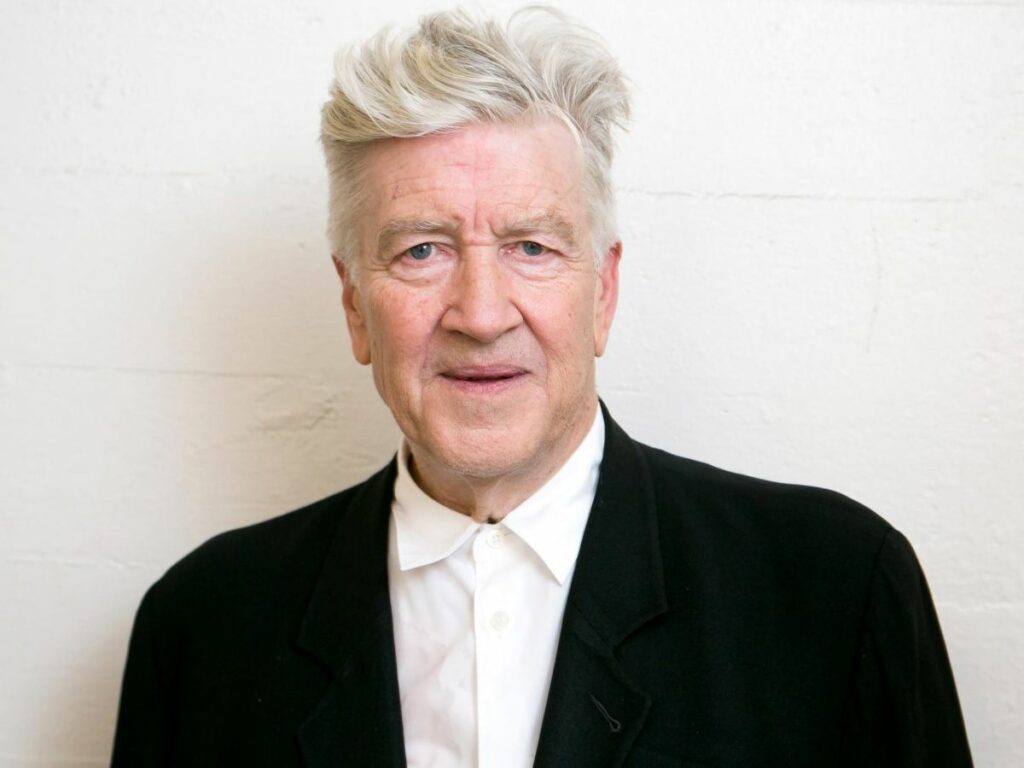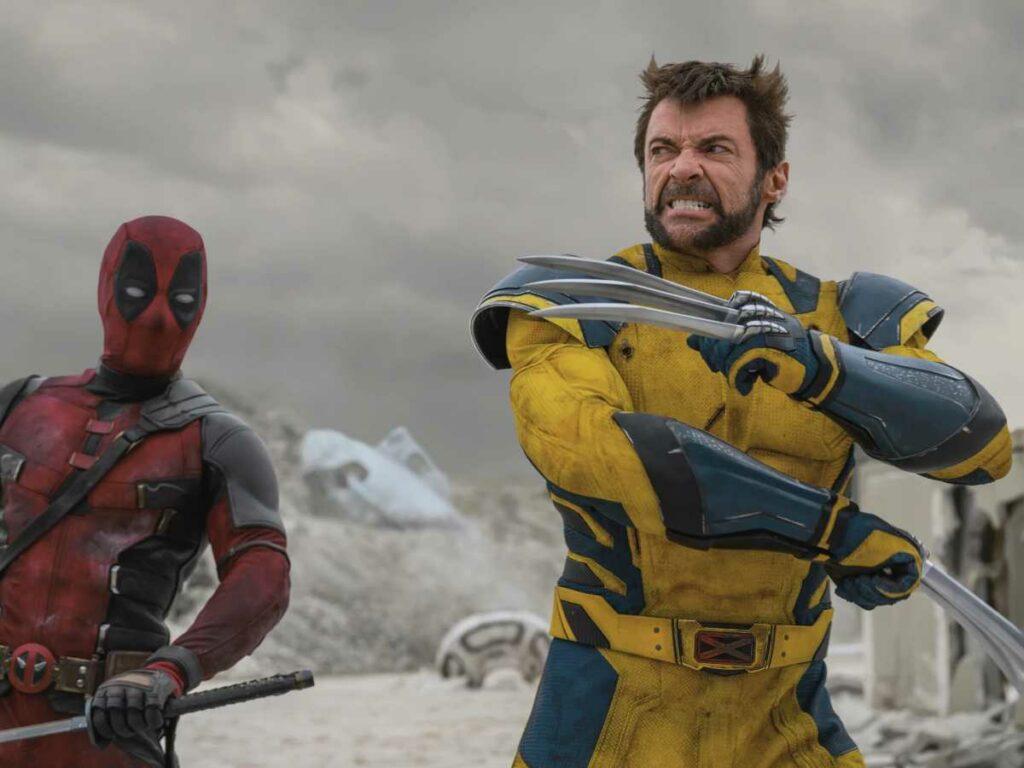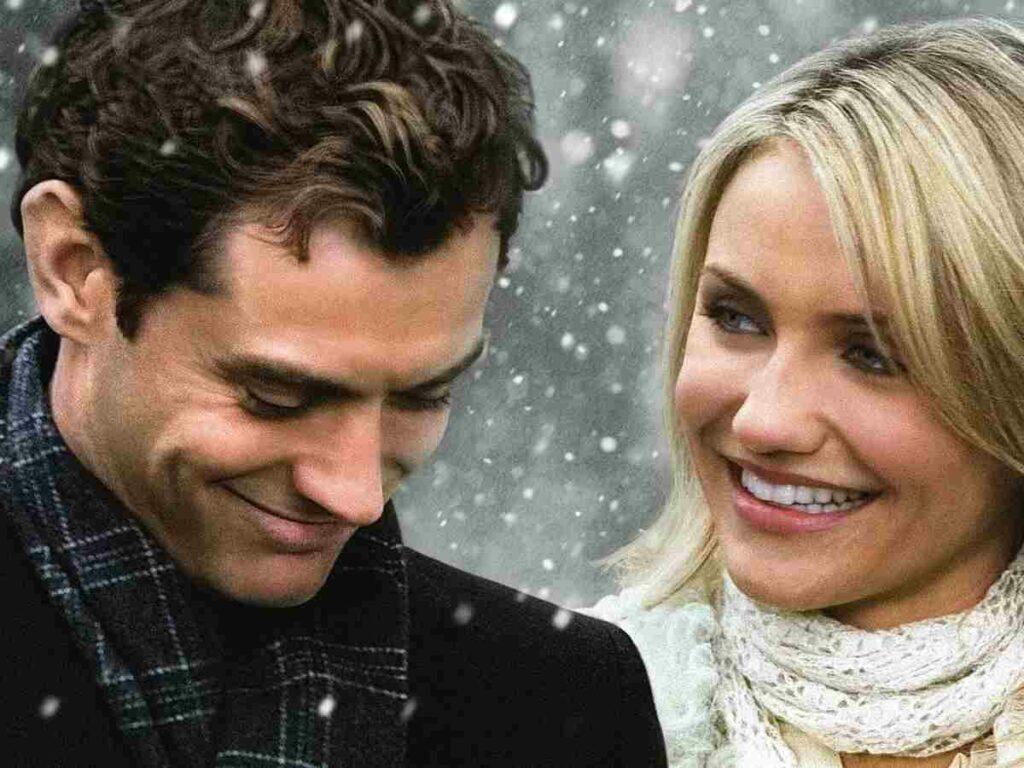The choice of lens in cinematography is integral to a scene’s portrayal. From a technical point of view, a lens helps external light bend so that an image can be captured and created on a film strip or digital sensor of a camera. But besides its optical property, a lens also has the capability to produce eloquent, powerful images that leave a lasting impression. Therefore, lenses are an important component of storytelling that help construct cinematic moments and vividly recreate a filmmaker’s vision.
How are cinematography lenses chosen?
The choice of lenses while framing requires a deep understanding and knowledge of their optical properties that will work in favour of the narrative. Any particular choice of lens with its specific aperture, speed and focal length creates a particular psychological state, subtext, mood, tone, atmosphere to the scene.
The following three lens properties must be considered when choosing a lens whether it is for a high-end film camera, DSLR or even a smartphone.
Aperture
Before understanding what aperture movies use, let’s understand what it is. Aperture refers to the opening in a lens that allows light to enter into a camera and helps in the formation of images that a lens can capture. Large apertures create a shallow depth of field. While smaller apertures result in greater depth of field and more focus. Aperture is expressed in f-stops.
The image displays how the value of f-stops and light into the camera helps in the formation of an image. These are apertures used during filmmaking.

Lens Speed
Lens speed refers to the amount of light entering into a lens according to its aperture value. A lens with a wide aperture value, like f/1.4, is considered fast, because it would require less time to correctly expose an image. Fast lenses require less light to develop an image making them extremely desirable in low-light situations. Whereas, a lens with a narrow aperture value, like f/16 or even smaller, is slow.
So, lenses with smaller or narrow apertures (large f-numbers) produce a greater depth of field. They are useful in capturing landscapes.

Wider apertures (lower f-numbers), have the shallowest depth of field and can be used for creative effect.These lenses are ideal for portraits as they give an impression of spatial depth and focus the viewer’s attention on the key part of the image.

Focal Length
Focal length is the distance between the camera lens and the camera’s digital sensor or film plane that helps in capturing the image. It defines the power of magnification and field of view for a given lens. All prime lenses are identified by their focal length in millimeters (10mm, 16mm, 25mm) or in the case of zoom lenses by their range of focal lengths (10mm to 100mm).
Lenses with smaller focal lengths have wider angles of view. It is something akin to how the human eye perceives the size of the objects in the scene. Whereas larger focal lengths have a narrower angle of view and show less of the scene.
The following video explains focal length in cinematography in detail.
Why does the choice of lens matter in cinematography?
The technical world of films operates by projecting three-dimensional space of the real world into a two-dimensional plane of the filmic world. In order to achieve this objective the filmmaker has to frame his shots and create a foreground, mid-ground, and background.
The fundamental aspect of the frame is that it constitutes a selection of what the audience is going to see. Some things are included, and some are excluded. The first decision is always where the camera goes in relation to the subject, but this is only half of the job. Once the camera position is set, there is still a decision to be made as to how much of that view is to be included. This is the job of lens selection.
Focal length, depth of field, and perspective are also arranged in a planned manner to visualize the emotional and psychological growth over the course of the film. The use of different lenses can be instrumental to illustrate the growth of the characters during their course of journey within the film.
In the following example from the film The Godfather, Michael Corleone discusses his plan to kill Sollozzo and McCluskey with his family members. He is framed in a medium shot with a standard lens. We observe his body posture and observe some hesitation in his decision.
But later in the film, when Michael has taken control of his family business and gets all his enemies killed he is framed in close up. We now observe that he has evolved as a confident, ruthless successor of the Corleone family.
Hence, the image composition in The Godfather adds layers of meaning to key scenes of Michael’s character arc that reveal the personal cost of his journey by externalizing his feelings. The lensing helps in visually contextualizing the power dynamics at play during the various political struggles that plagued his road to success. These added meanings could not have been as narratively expressive without a thoughtful consideration of how every lens technique used would complement every aspect of this film’s visual strategy.
Lenses also help in portraying the depth relationships of objects in a way fairly close to human vision by:
Expansion of space
When objects and characters within the frame appear farther apart from one another than in reality, it gives an exaggerated perception of depth. Such an exaggerated sense of depth creates psychological suggestions. This effect is achieved by using lenses that are wider than the standard lens.
When we use wider lenses the subject that is closer to the lens gets distorted. These lenses are used to capture the geography of the location as well as the grandeur of a particular structure.
In this scene from Nuri Bilge Ceylan’s Once Upon A Time in Anatolia (2011), the action happening within the frame is captured by cinematographer Gökhan Tiryaki using a wider lens. The purpose of the filmmaker is to put the viewers into the shoes of the investigators and become a part of the rustic landscape of the village.
Compression of space
When characters within a frame are too tightly or closely composed and the distant objects appear closer, it gives a compressed perception of depth. Such a compressed sense of depth creates de-emphasized movement away from or toward the camera. This effect is achieved by the use of lenses that are known as telephoto lenses.
When we use telephoto lenses the limited depth of field isolates a character in space and creates a sense of separation from either the foreground or background depending upon the composition. Such lenses are used to generate a feeling of objectivity towards the characters.
In the final shots from Nuri Bilge Ceylan’s Climates (2006), Bahar (Ebru Ceylan) is framed in close up by the cinematographer to emphasize on her feeling of loneliness and detachment from the surrounding environment. The snow-clad surroundings also heighten her state of forlornness.
So the choice of lens matter in cinematography because:
- Lens plays can play an important role in the adding meaning to images projected on the screen.
- The placement of the lens not only helps in framing up and composing a shot but also decides in creating the overall effect of the image.
- Lens has the inherent quality to convey and depict the physical world to the viewers if used creatively. It brings a certain magnitude to the image that plays a key role for effective visual storytelling.
- The consistent and carefully designed use of lens techniques can result in a highly effective image that will never fail to work in tandem with the story and emotion of a film.
Which is why, it’s extremely important that both the cinematographer and the director collaborate and understand how lenses can be used creatively to enhance the narrative visually.
Which lens is best for cinematic video?
The word “cinematic” is a creative term that refers to any video or film created with the characteristic quality motion picture technique. Besides planned compositions, subtle lighting, the following lenses with the following focal lengths are the most cinematic:
16mm
This lens falls under the category of ultra wide lens. Its primary function is bringing the subject in close proximity to the camera and arresting viewers’ attention. This lens is very helpful shooting in not a greatly appealing location that requires to be exposed less to the viewers. So, it helps to manipulate the camera position and angle and reveal the minimum area of the particular space.
35mm
The lens falls under the category of wide lens. Its primary function is to create a significant distance between the camera and the viewers. This lens is very helpful in creating a realistic and comfortable space within the frame.
50mm
This lens falls under the category of a standard lens. It helps create bokeh effect, a soft, attractive, out-of-focus background image, with maximum aperture.
Types of camera lenses in film
Zoom Lens
Zooms use a series of lenses to allow different focal lengths from a single lens, making them more flexible but not as fast. They contain more glass, which aids in their flexibility, but they also tend to be bigger and heavier than prime lenses. They have an infinitely variable range of focal lengths between their widest and shortest focal lengths.
In the opening scene of Stanley Kubrick’s A Clockwork Orange (1974), cinematographer John Alcott used the zoom effect of the lens to introduce the viewers to the dark, eerie and violent milieu of the film that they are about to experience.
Prime Lens
Primes have a fixed lens focal length, making them faster and sharper and less flexible due to the fixed focal length. These are lenses with a fixed focal length such as 50mm, and not variable as a zoom lens. They often have larger apertures resulting in the ability to obtain a shallower depth of field.
35 mm
The focal length of a 35mm lens helps create images that are neither too wide nor too long. These lenses have large maximum apertures and help in achieving pleasant low-light portraits. Most importantly, they provide a realistic look to images.
In Luca Guadagnino’s Call Me by Your Name (2017), cinematographer Sayombhu Mukdeeprom shot the film entirely in a 35mm lens to generate a sense of realism and closeness within the frame.
50 mm
Also known as the “nifty 50,” the 50mm lens is a prime lens that can represent how the human eye sees objects and people within a natural setting. It comes under the category of a standard lens. It’s both affordable and lightweight, making it ideal for handheld filmmaking. A 50mm lens is also helpful for movement capture and low-light photos. So, this is the most cinematic lens. Canon, Tokina, and the Rokinon 50mm T2.1 are popular choices among cinematographers.
The following films are shot entirely using the 50mm lens:
1. Tokyo Story (1953, director: Yasujiro Ozu) | Cinematographer: Yūharu Atsuta
2. Rear Window (1953, director: Alfred Hitchcock) | Cinematographer: Robert Burks
3. Pickpocket (1959, director: Robert Bresson) | Cinematographer: Léonce-Henri Burel
4. Psycho (1960, director: Alfred Hitchcock) | Cinematographer: John L. Russel
5. Monsters (2010, director and cinematographer: Gareth Edwards)
Telephoto Lens
A telephoto lens has a longer focal length than normal lenses. It functions essentially like telescopes, magnifying distant subjects. It captures less of a scene than a normal lens because it has a narrower angle of view. Panasonic, Tamron, and Sigma are known for telephoto lenses.
In Paul Greengrass’ Captain Phillips (2013), cinematographer Barry Ackroyd shot the following scene handheld using a telephoto lens to generate a sense of tension and urgency.
85mm lens
This lens falls under the category of a short telephoto lens. It is helpful in creating tight, detailed shots and helps viewers focus on the character and his emotions.
Medium telephoto/portrait lenses
A portrait lens is any lens that has the right focal length and aperture to take exceptional portrait photos. The best portrait lenses are those that have a focal length of anywhere between 70 to 135mm. These lenses have a moderately wide maximum aperture and help capture subjects in low-light performance and a shallow depth-of-field.
Wide Angle Lens
A wide-angle lens is a type of lens that has a shorter focal length than a normal lens, typically between 14 and 20mm. These are ideal for fitting a large object into the frame or drawing attention to an object in the image’s foreground.
Wide-angle lenses can show greater movement and scope within a scene and exaggerate and distort the foreground image. Certain lenses can produce an ultrawide-angle or even fish-eye effect if their focal length is larger than the camera’s sensor size. Canon, Zeiss, Sigma, and Fujinon are standard options for wide angle lenses.
In Mel Gibson’s Braveheart (1995), cinematographer John Toll shot the battle of Stirling scene in wide lens to heighten the drama and tension of the fight sequence.
Ultrawide Lens
An ultra-wide angle lens produces images with an extremely wide angle of view. This lens covers focal lengths shorter than 24mm in full-frame equivalent field of view. This includes both prime lenses, as well as zoom lenses. It is used primarily to exaggerate the relative size of foreground objects, while including vast landscapes in the background.
In Lanthimos’s The Favourite (2018), cinematographer Robbie Ryan used the ultrawide lens to explore every nook and cranny of the landscape sprawling with greenery and the rising tension between the two characters Lady Sarah (Rachel Weisz) and Abigail (Emma Stone).
Anamorphic Lens
An anamorphic lens captures an extremely wide view without or slightly distorting faces, even with extreme closeups. The lenses can help create ultra-wide rectangular aspect ratios, out-of-focus areas of the images and long horizontal lens flares. Cooke and ARRI are among the many anamorphic lens manufacturers.
In Ridley Scott’s Blade Runner (1982), cinematographer Jordan Cronenweth opted for anamorphic lenses in order to generate the feel of a post-apocalyptic future.




